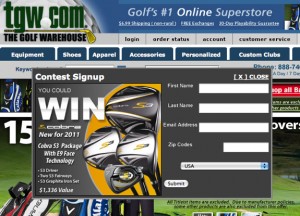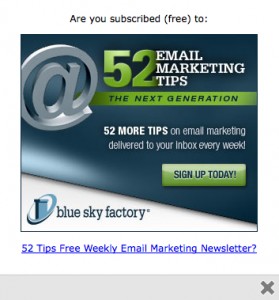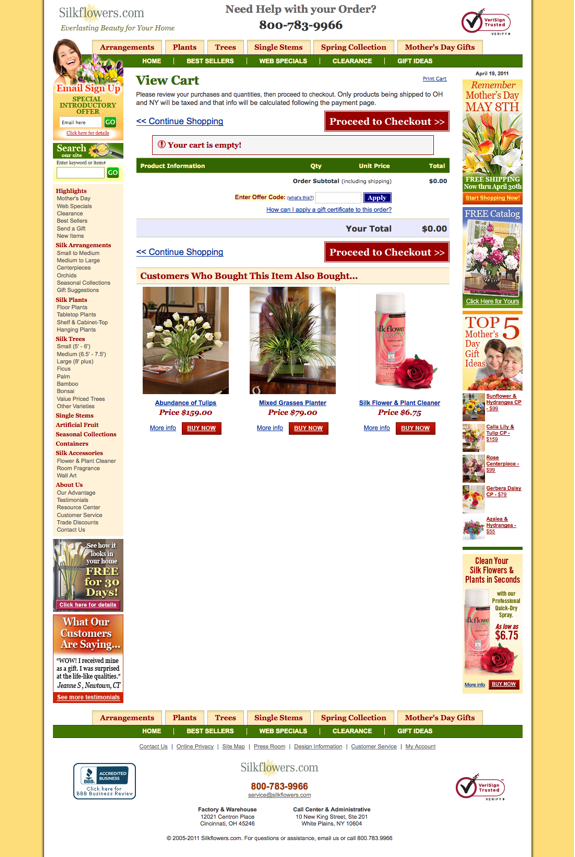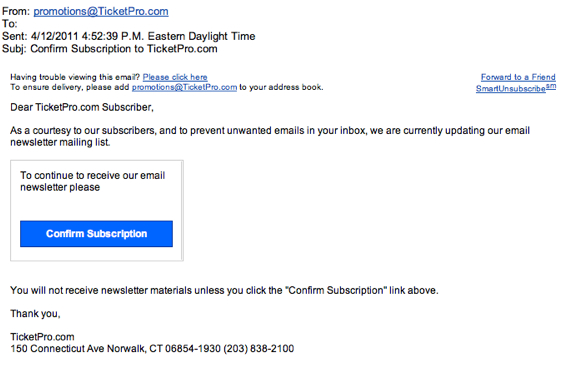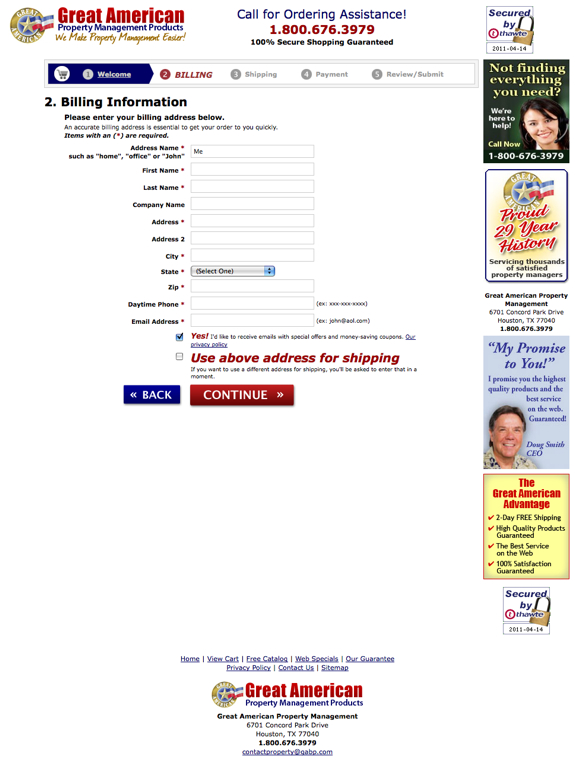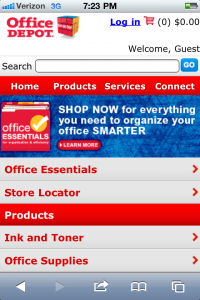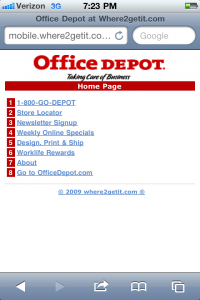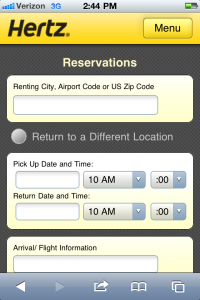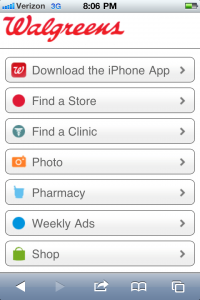 Betsey Kendall writes: “The Web Show was the first place I ever saw you without your bodyguard so I patiently waited in line to ask you a question but then I got interrupted by a phone call. When I turned around, you were gone! We are struggling with our project list. You said in your seminar this is a common problem and that ‘90% of your stuff should be axed.’ Can you talk a little bit more about that? Your point about emails was VERY well taken by my team.”
Betsey Kendall writes: “The Web Show was the first place I ever saw you without your bodyguard so I patiently waited in line to ask you a question but then I got interrupted by a phone call. When I turned around, you were gone! We are struggling with our project list. You said in your seminar this is a common problem and that ‘90% of your stuff should be axed.’ Can you talk a little bit more about that? Your point about emails was VERY well taken by my team.”
Hi Betsey –
My bodyguard? You must mean my friend, Cristina. Yeah, she’s tough. Not physically. She can’t hurt a flea but that one-eyebrow-raise of hers? VERY. SCARY.
Glad you took my point about emails seriously. It blows my mind how many people spend 10-15 hours on a single thrust email, moving things back and forth two pixels – COMPLETE WASTE OF TIME. If you’re spending more than a couple hours on any email, you need to rethink your strategy.
As for the axing…. Everyone and their brother – whether they have a full-blown ecommerce site or a blog — has a HUGE list of things that they want to do. My experience is that the majority of that stuff is not going to make a difference — nor will it ever really get done. So the best thing to do is put your list into a spreadsheet and then rank it. (At Eight By Eight, these are one of the most popular things we do for clients.)
So, for example, let’s look at one item:
AREA: Improve product detail pages
INITIATIVE: Develop recently-viewed items banner (so users know what they’ve looked at)
PRIORITY: 1 (we rank things 1-3 with 1 being the highest)
EASE TO CHANGE: 1 (we rank things 1-3 with 1 being the easiest)
COST: L (we use high, medium and low)
ROI: M (we use high, medium and low)
TIMING: S (we use short and long-term & we define the days associated with each, for example, short-term in this case might be 120 days)
We may also add internal time, date completed and who is responsible.
After everything is put on the list, we sort by rank and then the appropriate (ease to change, cost and ROI) field(s.)
This sounds boring as Hell but it’s one spreadsheet and it makes things super easy and VERY efficient. All the low ROI items? You guessed it. They get sorted right off the list! And for most companies, that accounts for about 90% of the stuff they want to do!
Is this system perfect? No. But it works. A lot of web stuff never gets done (i.e., improving your internal text search or testing email pop-ups) because the project itself seems too big. So, we take care of the easy fixes like changing colons to semi-colons that Customer Service is nattering about instead. Sadly, even though that kind of stuff seems productive, it usually doesn’t result in more sales or leads.
Have a question about your project list? Jot it in the comments below or send me an email to info@amyafrica.com.
